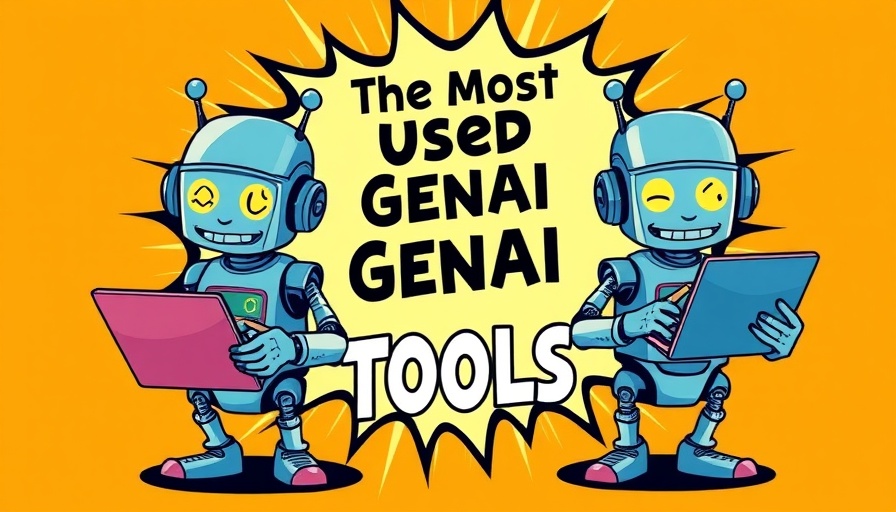
OpenAI's Delay: What It Means for Business Owners
In recent news, OpenAI has once again delayed the release of its highly anticipated open model. This decision, attributed to safety concerns and necessary testing, has sparked a flurry of speculation within the tech community, particularly among business owners who are eager to harness the potential of AI solutions for their operations. Sam Altman, CEO of OpenAI, highlighted the challenges of ensuring that the model meets high safety standards before it goes live, indicating a cautious approach to launching such a powerful tool.
In 'OpenAI's Open Model Delayed Again,' the discussion dives into the implications of AI development delays, raising compelling points that we’re expanding on in this article.
Understanding the Implications of the Delay
The announcement comes on the heels of previous commitments to a summer release, which now appears to be pushed indefinitely. For business owners, this delay underscores the importance of reliability and safety in AI applications. The prospect of an open-weight model is tantalizing; however, issues relating to safety could also hold significant implications for businesses looking to adopt these technologies. As Altman pointed out, once released, the weights cannot be pulled back, highlighting the weighty responsibility that accompanies releasing such a transformative product.
The Competition Heats Up: Kimmy K2’s Rise
Adding another dimension to the conversation is the emergence of Kimmy K2, a model developed in China that claims to outperform OpenAI's existing models. While some speculate that this competitive pressure may have influenced OpenAI's decision to delay, insiders suggest that the delay stems more from intrinsic challenges faced during development rather than direct competition. This competitive landscape is something business owners must consider: as other models gain ground, it may alter their AI adoption strategies.
Future Predictions: What Lies Ahead in AI Development?
As we navigate these uncertainties, it's worthwhile for business owners to ponder the future of AI and its evolving applications. With multiple entities vying for dominance, the market is only expected to become more competitive. Companies that engage with emerging AI tools now, despite the delays, could position themselves as leaders who catalyze growth and innovation within their industries. OpenAI's cautious approach might ultimately lead to a more robust product, which could be advantageous in building trust among users.
Safe AI: More than Just a Trend?
The conversations surrounding the safety measures of AI models cannot be overlooked. As seen in OpenAI's approach, prioritizing safety over hasty releases signals a shift in how AI tools may be constructed and primed for public use. For business owners, understanding these developments can guide them in making informed decisions about the AI tools they choose to implement. Models that place a premium on safety might lead to better long-term outcomes in organizational settings.
Key Insights for Business Owners
1. **Stay Informed:** Regularly update yourself on advancements in AI technology and the reasons behind delays like those at OpenAI. Knowledge is power in making strategic business decisions. 2. **Assess Risks:** Engage with AI consultants to evaluate how emerging models can benefit your operations while also considering associated risks. This will cultivate a proactive approach to technology adoption. 3. **Experiment With Current Tools:** While waiting for newer models, don't hesitate to utilize existing AI solutions that can streamline operations or enhance customer engagement. The market is rich with innovative offerings ready to propel businesses to new heights.
Your Next Steps to Embrace AI
As the AI landscape evolves, waiting for the perfect open model may not be necessary. Businesses can start harnessing AI's capabilities now. Explore current AI solutions that align with your needs, and implement them strategically to gain a competitive edge. The benefits of utilizing AI today dwarfs any concerns about future releases. The key is to remain adaptable and informed.
In conclusion, the delay in releasing OpenAI's model sparks essential considerations for the AI landscape, competition, and the future of tech development. We encourage business owners to stay vigilant and embrace the existing opportunities in AI technology.
START USING AI NOW
 Add Row
Add Row  Add
Add 




Write A Comment